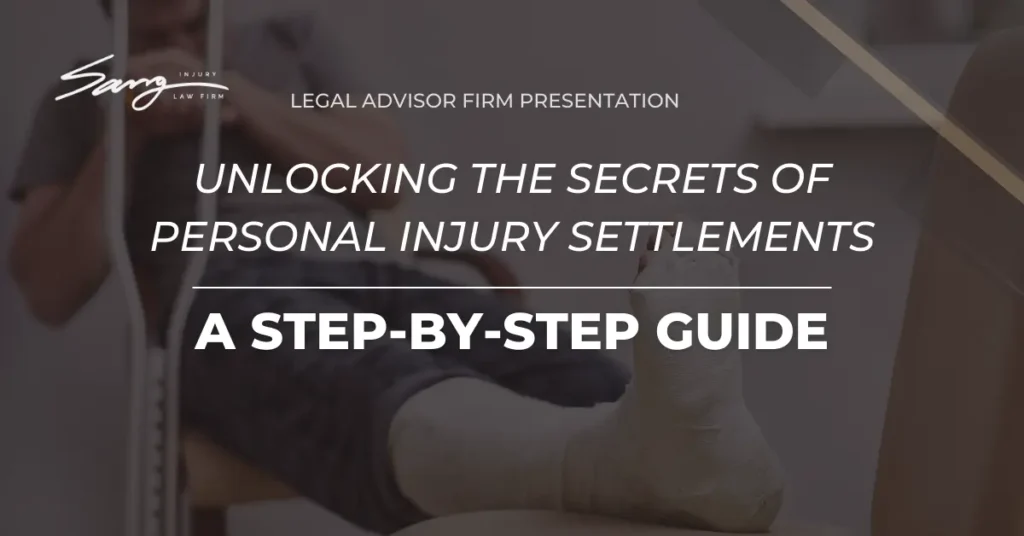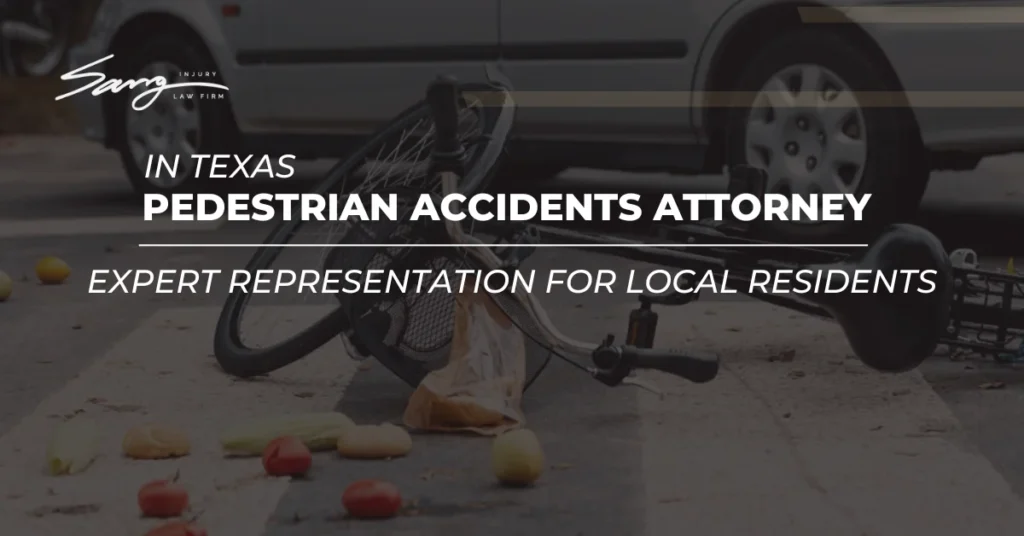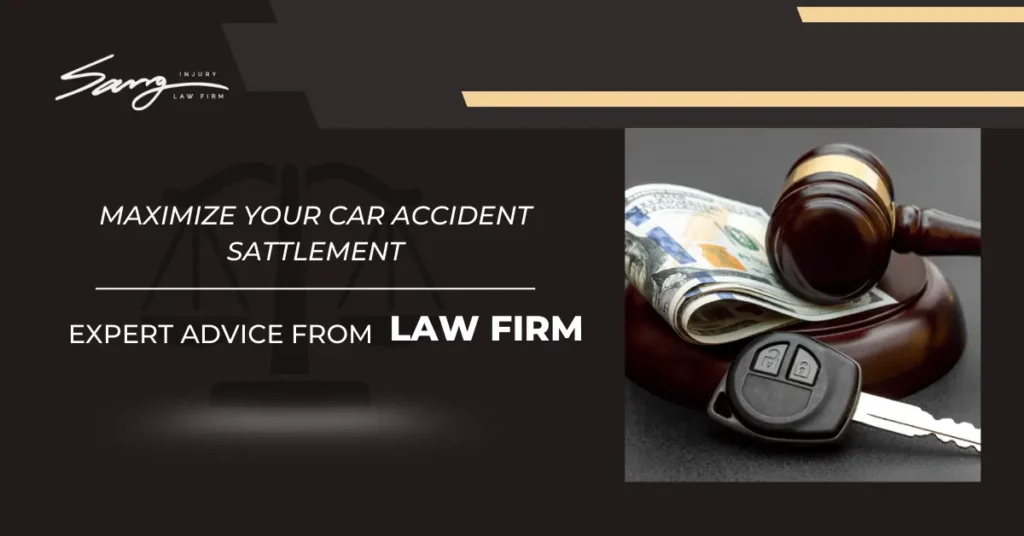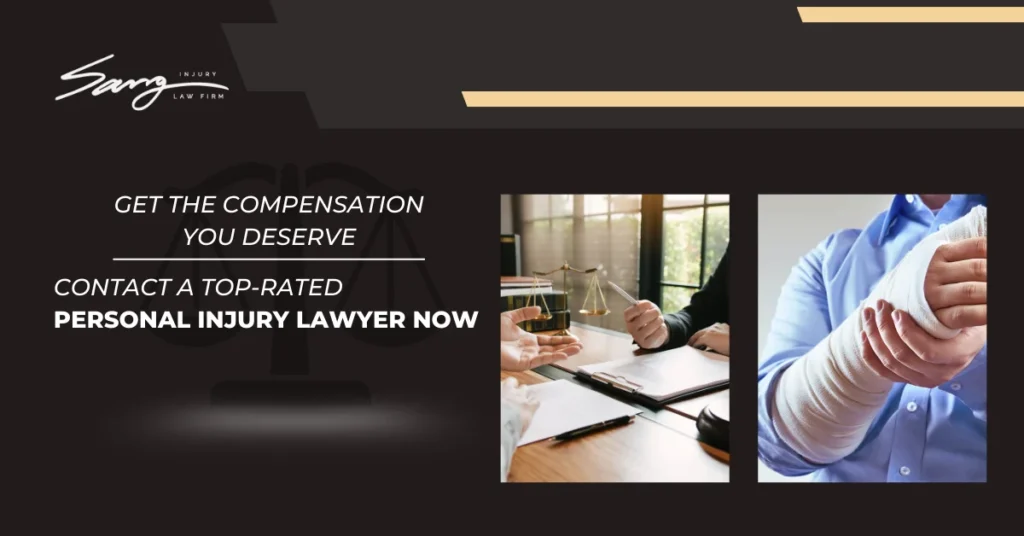Introduction
Navigating the complexities of personal injury settlements is a challenging yet crucial aspect of legal practice for law firm professionals. This comprehensive guide provides a step-by-step roadmap to effectively understand, negotiate, and finalize personal injury settlements. It is designed to help lawyers secure the best possible outcomes for their clients, covering everything from initial consultations to the detailed strategies involved in closing a settlement.
Whether you’re dealing with cases of auto accidents, workplace injuries, or medical malpractice, this guide equips you with the knowledge and tactics necessary to navigate the process smoothly. By adhering to this structured approach and integrating the insights provided, you’ll enhance your capability to manage these cases effectively, ensuring that your clients receive the compensation they deserve while maintaining a high standard of professionalism and empathy throughout the legal process.
Understanding Personal Injury Claims
As medical professionals, it’s imperative to understand the fundamentals of personal injury claims. These injuries often stem from various incidents:
- Automobile accidents: These might include whiplash, spinal injuries, or more complex trauma.
- Workplace injuries: Often related to falls, machinery, or repetitive strain.
- Medical malpractice: Where the injury is due to professional negligence, such as surgical errors or misdiagnosis.
- Slip and fall accidents: Common in public or private spaces, resulting in injuries like fractures or head trauma.
Each scenario carries its own legal nuances and potential complications. Understanding these distinctions is crucial for preparing a strong case. Recognizing the specific challenges and dynamics of each type of injury enables us to provide comprehensive advice and support to our clients.
Initial Client Consultation
The initial consultation is more than just a formal procedure; it’s a foundational step in building a case. During this phase, it’s essential to:
- Collect detailed information about the incident and the injuries sustained.
- Understand the client’s personal and professional life impact.
- Educate the client on the legal process and what to expect.
This stage is also about setting realistic expectations and forging a relationship based on empathy, trust, and transparency. As medical professionals, our role here also involves empathetically addressing the client’s concerns and providing a clear path forward, ensuring they feel supported and understood.
Gathering and Documenting Evidence
Thorough and meticulous gathering of evidence is critical in personal injury cases. Here’s what should typically be included:
- Medical records: These form the backbone of any personal injury claim, detailing the extent and nature of injuries.
- Accident reports: Official reports can provide an unbiased view of the incident.
- Witness statements: These add credibility and can offer additional perspectives on the accident.
- Photographic evidence: Photos from the scene can help substantiate claims about the conditions and impact.
Organizing this evidence effectively is just as important as collecting it. Well-structured documentation aids immensely during negotiations, helping to paint a clear picture of the incident and its repercussions. As medical experts, our detailed understanding of the injuries helps in accurately documenting the medical aspect and anticipated recovery or permanent impact, which is invaluable in these cases.
In personal injury law, the ability to empathize with clients and meticulously prepare their cases goes a long way. As professionals dedicated to their well-being, it’s our duty to ensure their narrative is heard and validated through robust, well-prepared legal strategies.
Calculating the Settlement Demand
When calculating a settlement demand in personal injury cases, a thorough understanding of all associated damages is crucial. This calculation isn’t just about covering immediate expenses—it’s about ensuring long-term security for the injured individual. As a medical professional, your insight into the treatment and recovery process is vital here. Key elements to consider include:
- Medical expenses: Current and projected future medical bills resulting from the injury.
- Lost wages: Compensation for the time the client was unable to work, including potential future lost earnings if there’s long-term impact.
- Pain and suffering: This quantifies the non-economic damages such as physical discomfort and emotional distress.
- Future rehabilitation costs: Ongoing physical therapy, counseling, and any other rehabilitation needs.
Involving financial experts can provide a precise quantification of these elements, particularly for calculating long-term impacts like future care costs and lost earning potential. This comprehensive assessment forms the baseline for any negotiations, ensuring all aspects of the client’s suffering and needs are considered.
Drafting and Submitting the Demand Letter
The demand letter is a critical component of the personal injury settlement process. It formally begins negotiations and sets the tone for the discussions that follow. Here’s what it should include:
- Detailed description of the incident: Clear, factual recounting of how the injury occurred.
- Overview of injuries and treatment: A summary of the medical diagnosis, treatment received, and any ongoing treatment needs.
- Itemized financial demands: Specifics of the compensation being requested, backed by documentation.
The tone of the demand letter should be firm yet professional. As medical professionals, our role in this step is to ensure that the medical information is accurate, clearly communicated, and thoroughly documented, supporting the legal team in making a compelling case.
Negotiation Tactics
Negotiation in personal injury cases requires a delicate balance of patience, strategic thinking, and clear communication. Key negotiation tactics include:
- Anchoring: Starting with a higher demand than you might ultimately accept. This sets a strong starting point and can make subsequent offers seem more reasonable by comparison.
- Understanding the insurer’s perspective: Recognizing their strategies and motivations can guide your approach, helping to counter lowball offers effectively.
- Flexibility: While it’s important to be firm on just compensation, understanding when to flexibly respond to counteroffers can lead to a successful resolution.
Always prioritize your client’s best interests and maintain open, empathetic communication with them throughout this process. It’s essential that they feel supported and that their needs and expectations are being addressed. As a medical professional, your role is not just to provide clinical support but also to help clients navigate the emotional and physical aftermath of their injury, ensuring they receive the compensation necessary to aid in their recovery and well-being.
Dealing with Counteroffers
When navigating the waters of counteroffers in personal injury cases, a measured and thoughtful approach is key. As a medical professional, your detailed knowledge of the injury and its impacts can be invaluable in evaluating the fairness of each offer. Here’s how to handle this crucial phase:
- Assess Each Offer: Look at each counteroffer critically, considering whether it meets your client’s needs for medical costs, ongoing care, and other damages.
- Communicate with Your Client: Keep your client well-informed throughout this stage. It’s important they understand the implications of each offer and are actively involved in the decision-making process.
- Provide Evidence-Based Counterarguments: Use well-documented medical evidence and detailed cost calculations to justify why a higher settlement might be necessary. This might include detailed prognosis reports, future medical expenses, and an analysis of long-term impacts like loss of earning capacity.
Your role is to ensure that the counteroffers reflect a comprehensive understanding of the entire scope of the client’s losses and needs, advocating for a settlement that truly compensates for their injuries.
Finalizing the Settlement
Finalizing the settlement is a critical step that requires precision and careful attention to detail. This is the point where everything you’ve advocated for comes to fruition, and it’s essential to get it right:
- Document Everything Precisely: The final settlement agreement should meticulously outline all terms of compensation, including specifics for medical costs, future care, lost wages, and pain and suffering. Ensure it is free of any ambiguities or omissions that could affect your client’s future rights.
- Review with Your Client: Before anything is signed, review the settlement agreement with your client. Make sure they fully understand the terms and how these terms meet their needs and expectations. This is crucial, as it is their final acceptance of the compensation offered.
- Ensure Legal Closure: The signed agreement marks the legal closure of the settlement process. As a medical professional, confirm that the client has realistic expectations about what the agreement entails and the nature of their recovery journey post-settlement.
Throughout these steps, maintaining a warm, empathetic communication style not only supports your client emotionally but also strengthens the trust they place in your professional guidance, ensuring they feel valued and respected in their path to recovery.
Conclusion
Securing a personal injury settlement that meets the client’s needs is a nuanced and multi-step process that demands expertise, strategic thinking, and persistence. By following this step-by-step guide, law firm professionals can enhance their approach to negotiating and finalizing personal injury settlements, ensuring that their clients receive the justice and compensation they deserve. Remember, each case is unique, and tailoring your approach to fit the specific circumstances and needs of your client is paramount for success.






